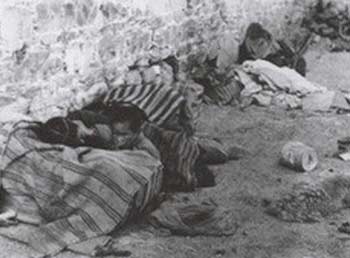Source:
04-02-2008 17:29
Special Report: 3.14 Tibet RiotsThis is a 25-minute-long documentary portraying life of people in the autonomous region between 1951 and 1959, a period when Tibet was still under a feudal system.
 |
| "The past of Tibet" sheds new light on Tibet |
Stories are told in the documentary to show that old Tibet was a feudal serfdom but not a "Shangri-la".
A DVD portraying old Tibet as a feudal serfdom and not as a "Shangri-la" has been backed by scholars, including those living in the autonomous region.
"It is ridiculous for some people to depict old Tibet as 'a beautiful land', completely ignoring what existed at the time - feudal serfdom, said experts participating in a seminar held last Friday in Beijing.
They were discussing a newly released documentary Tibet in the Past, made by the Central News Documentary Film Studio.
According to the experts, the documentary depicts life as it was in the autonomous region between 1951 and 1959, a period when Tibet was still under a feudal system.
When Tibet was liberated peacefully in 1951, the "17-Article Agreement" signed between the central government and the local Tibet government stipulated that "the local government of Tibet shall carry out reform voluntarily, and, when the people demand reform, it shall be settled through consultation with the Tibetan leaders".
But some of the ruling class were unwilling to give up the social system that preserved their high lifestyles.
Tibet was, therefore, still under a feudal system until democratic reform was introduced in 1959.
According to Wang Xiaoyi, professor in Tibetan studies with the Central University for Nationalities, the society of old Tibet under a feudal system was similar to that in Europe in the Middle Ages.
The wealthy class, government officials, nobles and high ranking monks accounted for less than 5 percent of Tibet's total population but owned all the farmlands, pastures, forests, mountains and rivers, and the majority of the livestock.
